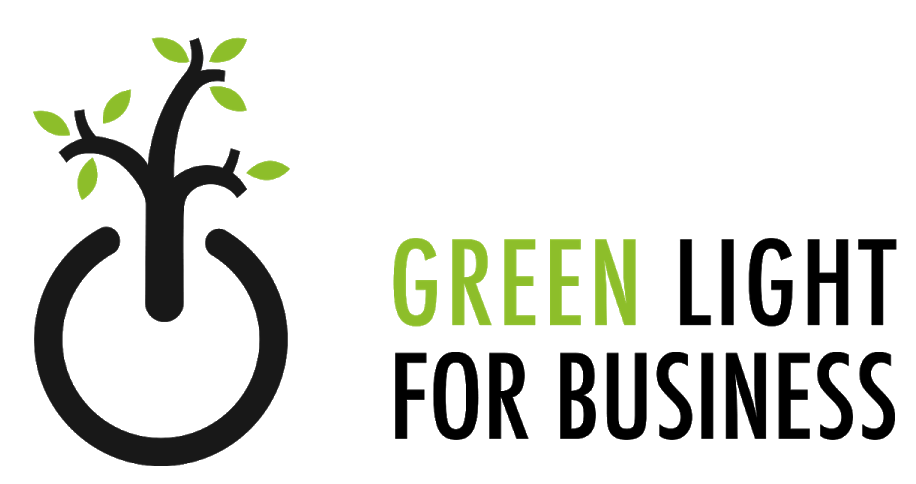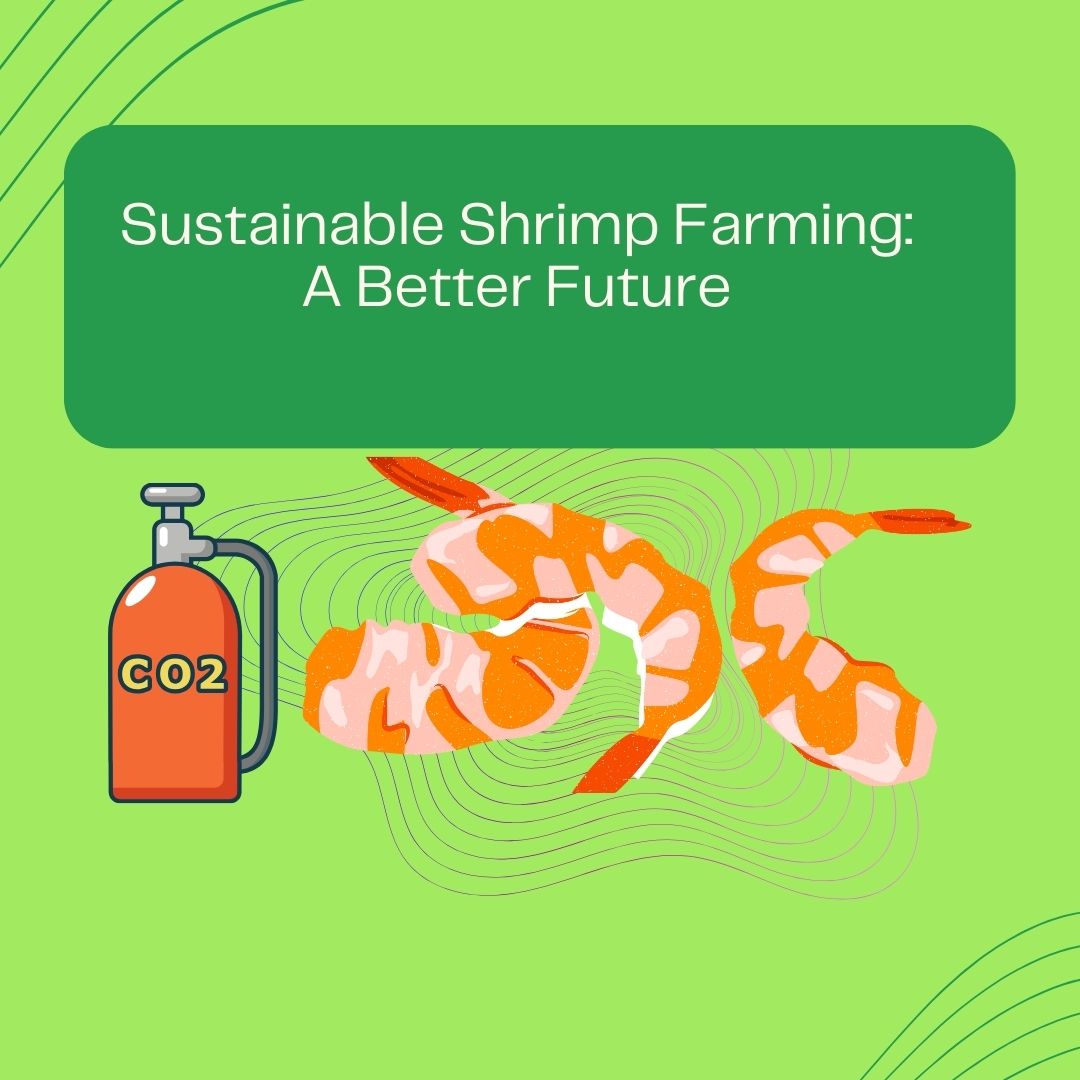The Hidden Environmental Cost of Shrimp Farming
You wouldn’t expect these small creatures to have such a huge impact on agriculture emissions, yet they are one of the “big players” when it comes to greenhouse gas emissions for animal agriculture. Some researchers say that shrimp might have an even higher carbon footprint than beef. Now, we don’t mean to fight over who pollutes the most (even though knowing general estimates is crucial in tackling this issue), but our goal is to raise awareness of what is often ignored or disregarded. As shrimp consumption continues to increase, spreading knowledge about their impact and well-being should be a priority in dealing with climate change and in pursuit of a more sustainable future for our world.
Common to many other scenarios, shrimp farming faces many problems and many parties are involved. We will give a brief overview.
The general awareness about shrimp farming (and consumption) is quite low. Marine animals are often considered less important than other land animals, up to the point that they are counted in tons and not as individuals. This opens the way to an ethical and moral discussion, but our goal today is to analyze this topic from an environmental point of view.
According to WWF, about 55% of all shrimp sold worldwide come from shrimp farms. What are the problems related to it? First of all, many shrimp farms are located in areas where mangrove forests grow, which are inevitably cut down to make more space. Estimates say that shrimp farming is the cause of 30% of mangrove deforestation. These plants are extremely efficient carbon sinks and scientists say that they can store up to four times more CO2 than rainforests. They are also home to many species, creating a biodiverse ecosystem that works as a nursery for many marine animals. It is also very difficult to restore mangrove forests and their destruction can be considered irreversible.
Secondly, another major problem is the release of methane, produced especially at the bottom of ponds, where little oxygen and accumulation of excreta and unconsumed food create the perfect environment for the creation of this very harmful greenhouse gas.
Feed is also a very important factor to consider. In their “diet” shrimp are fed with soy, usually produced in large monoculture fields, which is one of the main causes of deforestation. Their nutrition also consists of other fish and this is linked to many other problems. Commercial fishing, for example using trawler nets, can lead to the destruction of seabeds and a huge amount of bycatch, unwanted marine animals caught during the process, including sharks, sea turtles and dolphins. The documentary “Seaspiracy” gives a complete and detailed analysis of these problems. These dynamics are also present in shrimp fishing as the ultimate goal is profitability and the system is interconnected, with shared techniques and modes.
Finally, after the slaughter, the water is then released into nearby ecosystems. This can be very polluting, as the water is full of rotting feed, dead animals, diseases, methane, antibiotics, pesticides and other chemicals.
One last aspect to cover is human capital exploitation. Many concerns regard the working conditions of people in shrimp farming. It is a common theme that low-cost labor in specific countries is used by corporations to increase their profits. In this specific sector, the obstacles that workers face are many: low wages, unpaid overtime, long working hours, and exploitation of women and children. Many workers are considered slaves and it is common to witness abuses and neglect of human rights. Corruption is also very common, to hide the truths behind the conditions of labor. Local populations are the first direct victims of the disastrous effects of this industry, but when it comes to climate change everyone is involved and we cannot disregard these issues from an environmental, social and moral point of view.
Sustainable Solutions: Rethinking Shrimp Farming for a Better Future
Sustainable practices should be followed to address the environmental and socioeconomic challenges that shrimp farming raises.
There are multiple ways to achieve more sustainability. First of all, we should look at the environmental impact. Elements like the choice of the location, the design and the construction of the farms have a crucial weight since this impacts delicate ecosystems such as the Mangrove forests. Adding to that, water management is crucial since water waste is one of the key sustainability issues in the world at the moment. To reduce water waste, sustainable farms can reuse discharged water by installing recirculating systems and by minimizing excessive water exchange. The water quality could be improved by using more natural techniques such as mangrove wetlands and settling basins.
Another element concerns the health and welfare of the shrimps. Their conditions can be improved through health management programs that use disease-free broodstock, follow responsible feeding practices, and offer premium meals to the shrimps.
Social responsibility mainly involves the local communities that live in the areas touched by shrimp farms. Those areas suffer from rural development and poverty, and they are exploited for pure profit. Actions must be made to preserve workers’ rights, provide safer working conditions, and follow fair labor standards.
If all these improvements are followed, shrimp farming can continue to meet global demand while decreasing its negative environmental impact. Certification programs are essential to encourage these environmentally friendly practices. Some virtuous examples are programs such as GLOBAL G.A.P, ASC, and VietGAp. These certificates are difficult and costly to obtain, but there is an increasing market demand for responsibly farmed shrimp, so the cost can be considered as an investment. Some government policies support sustainability initiatives by enforcing technical requirements, promoting farmers’ participation, and offering training.
An example of a cutting-edge sustainable shrimp farming company is Aquapurna. Its founders developed a comprehensive technology-driven aquaculture approach that joins technology with environmental consciousness. Their Smart Reef System is a revolutionary tank design that replicates the natural habitat of the shrimps and helps them develop closer to their natural behaviors. This innovative technology reduces stress and physical handling while allowing the shrimp to coexist peacefully for three generations. Aquapurna’s innovation is possible thanks to the use of data-driven methods that ensure optimal health for shrimp by looking at what they need. One of their mottoes is “Shrimp tell us what they need to flourish – we just have to listen,” which testifies to their nature-based approach.
The Future of Shrimp Farming: Is Sustainability Truly Achievable?
What food we eat, how it is produced, and where it comes from are questions we should be asking ourselves very often. This could be an approach to better connect with what we consume and at the same time reduce our carbon footprint and animal suffering.
Sustainable farming practices certainly represent a step forward and can be considered a virtuous attempt to tackle many problems that characterize this industry. Yet, are we really going in the right direction? If there is little awareness and demand continues rising, it is difficult to see how sustainable farming could be that sustainable. Increasing prices might be a solution, but it would probably push consumption toward those who are more rich and privileged. (Shrimp) farming can be very profitable for a few people, as is any form of exploitation of capital and resources. In the meanwhile, animals, people and ecosystems are greatly harmed. Do we really want to support this?
Written by Bianca Catricalà and Federico Salvini
Sources:
A new report sheds light on the abuses behind our imported shrimp – FoodPrint
Farmed Shrimp | Industries | WWF
Gamberi e gamberetti, il cocktail è di disastri ambientali e schiavitù – LifeGate
Our growing taste for shrimp is bad news for climate change | Science | AAAS
Shrimp farmers in Asia exploited by U.S. supermarkets for big profits, research finds – CBS News
Shrimp Welfare and Sustainability — Shrimp Welfare Project
Shrimps and the environment – Climate Hero
What is Wrong With Eating Shrimps and Prawns? – GenV
Why It’s a Good Idea to Stop Eating Shrimp
Aquapurna and BlueInvest: Farming shrimp while protecting the planet – European Commission




